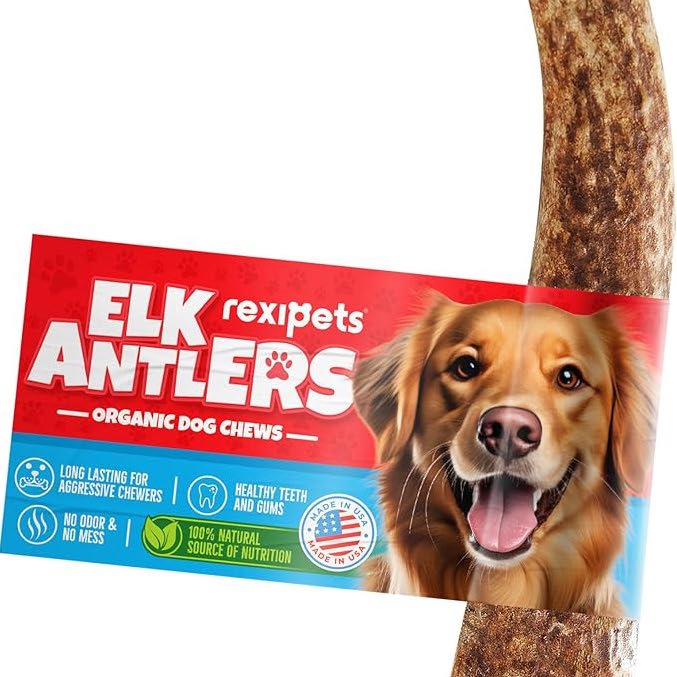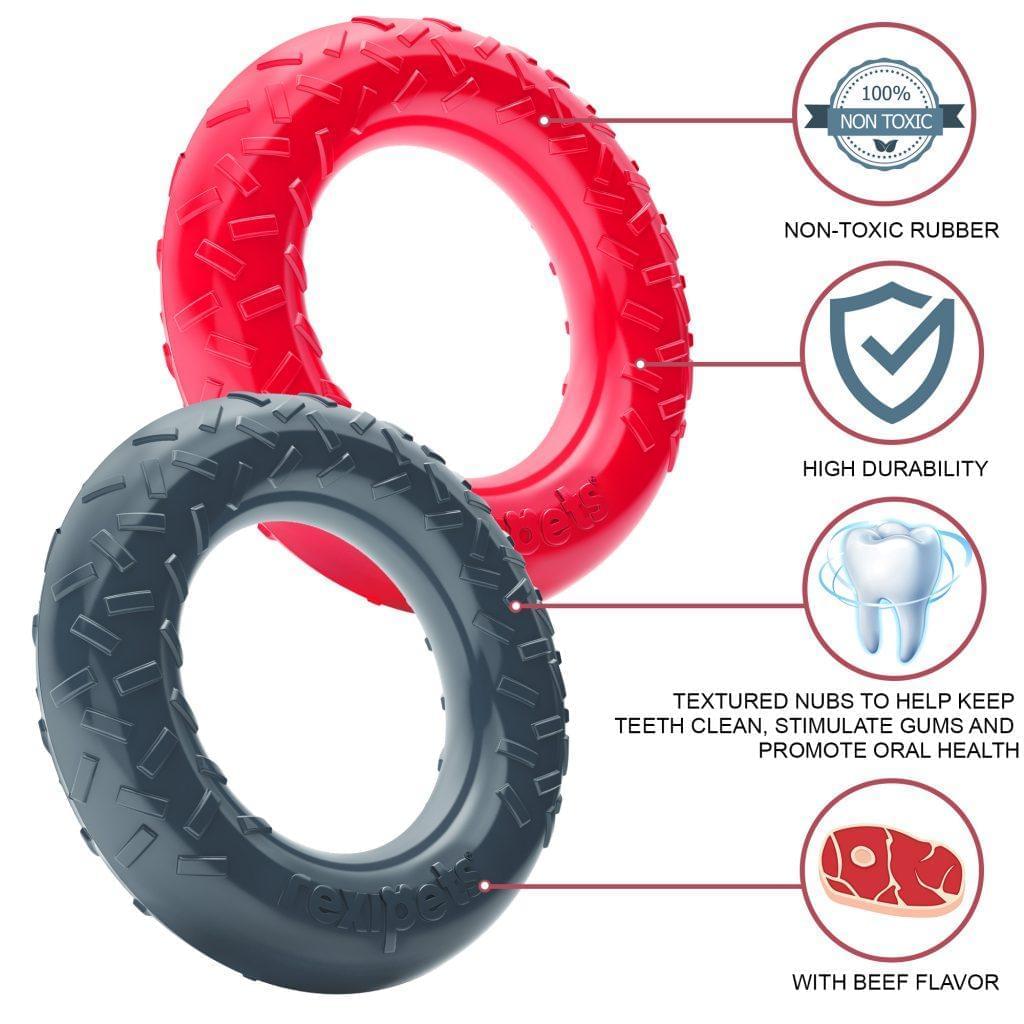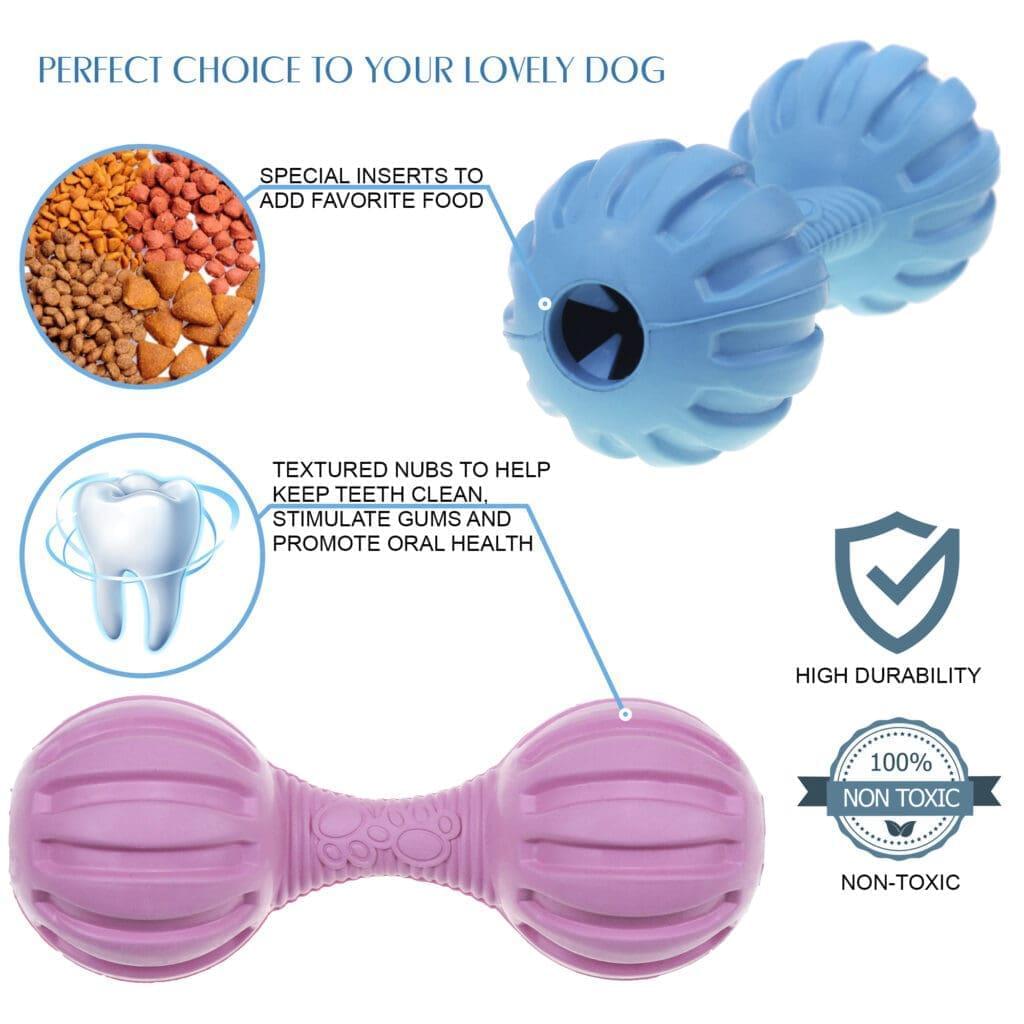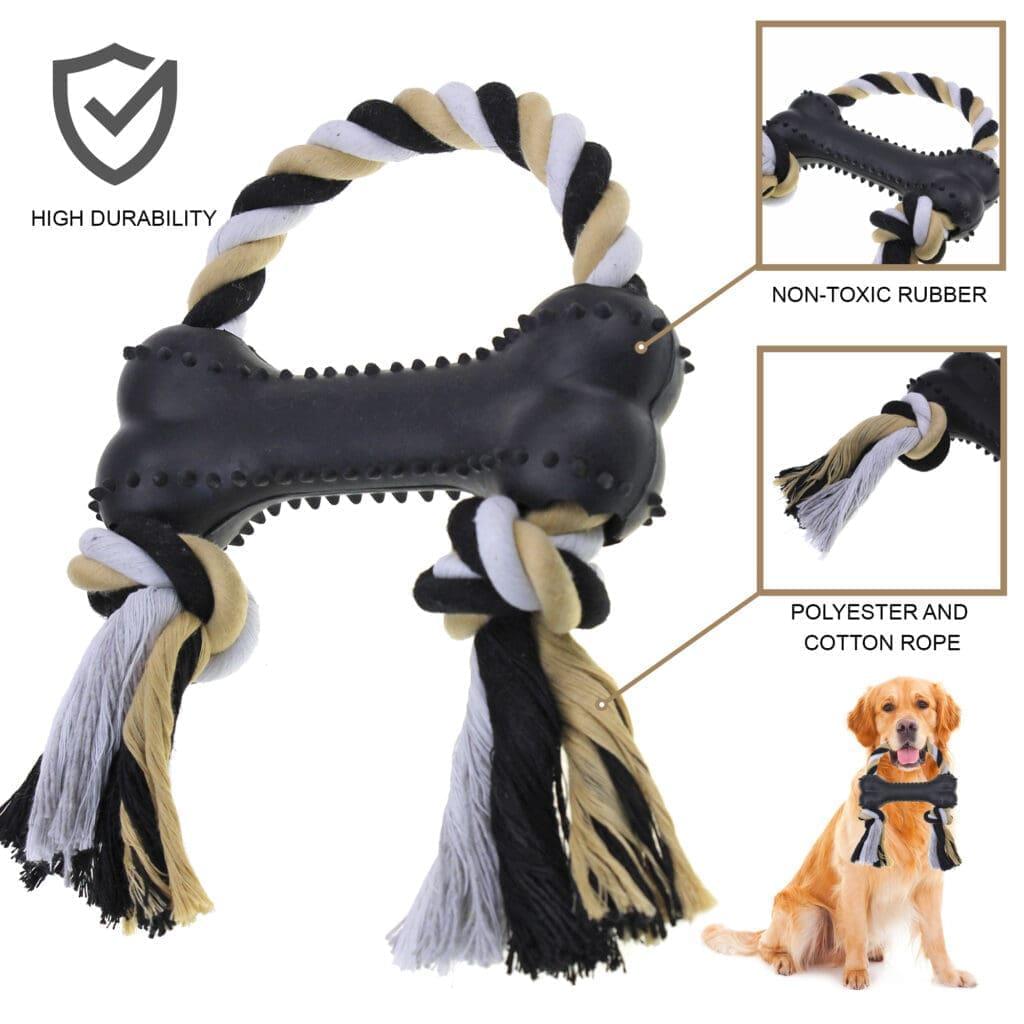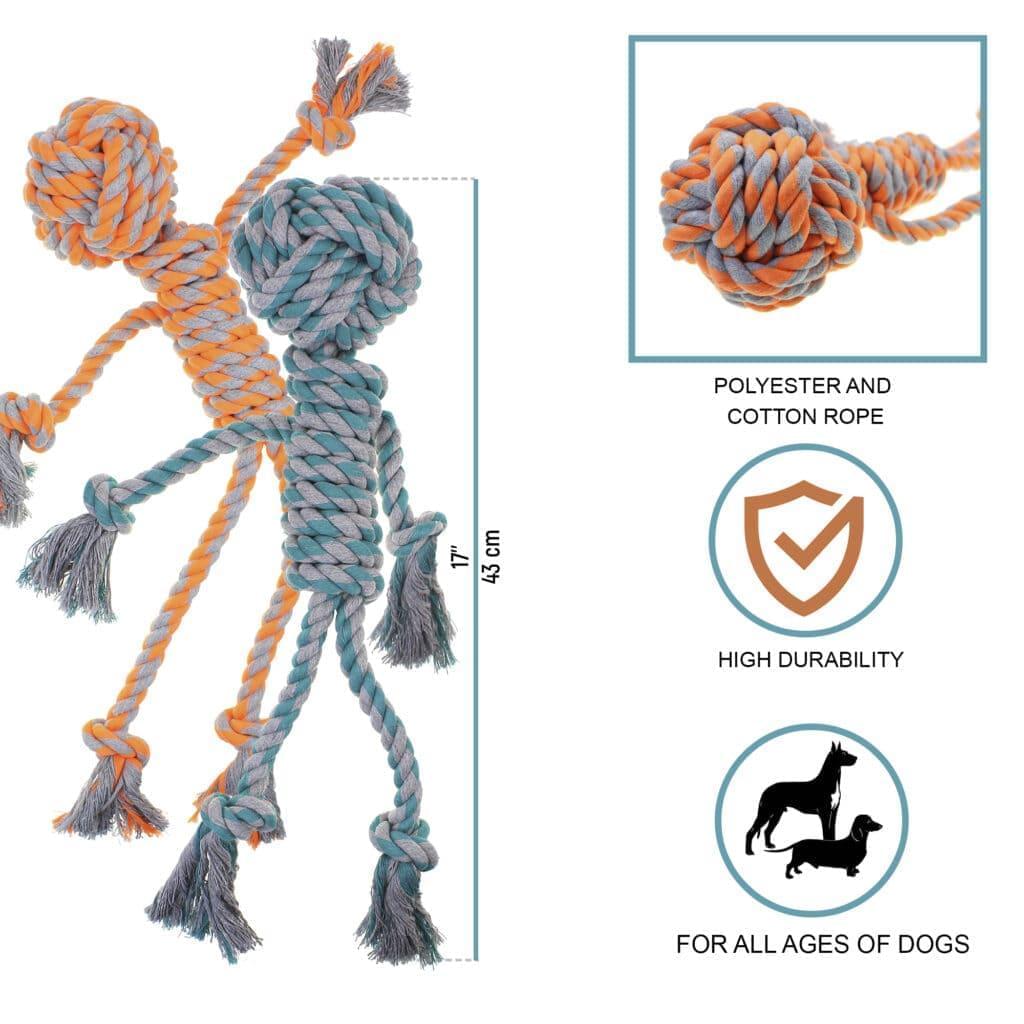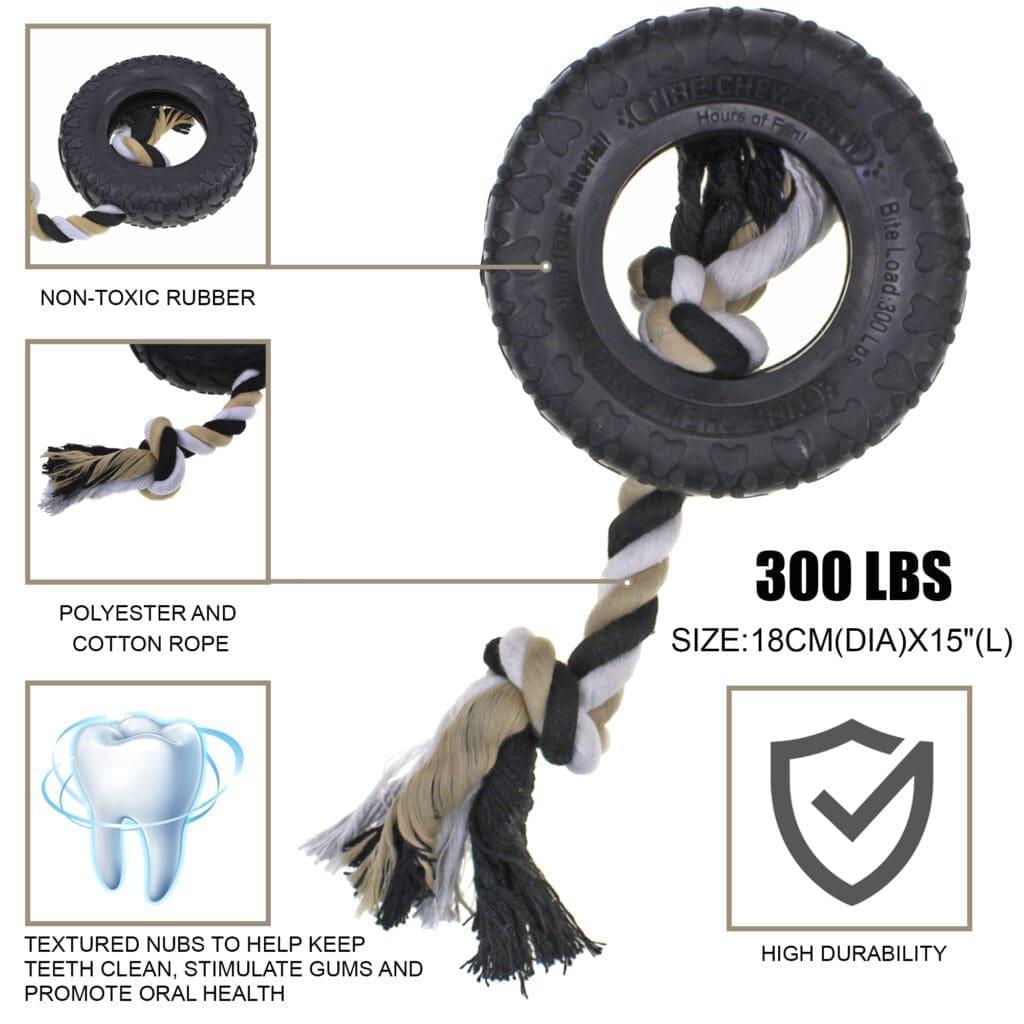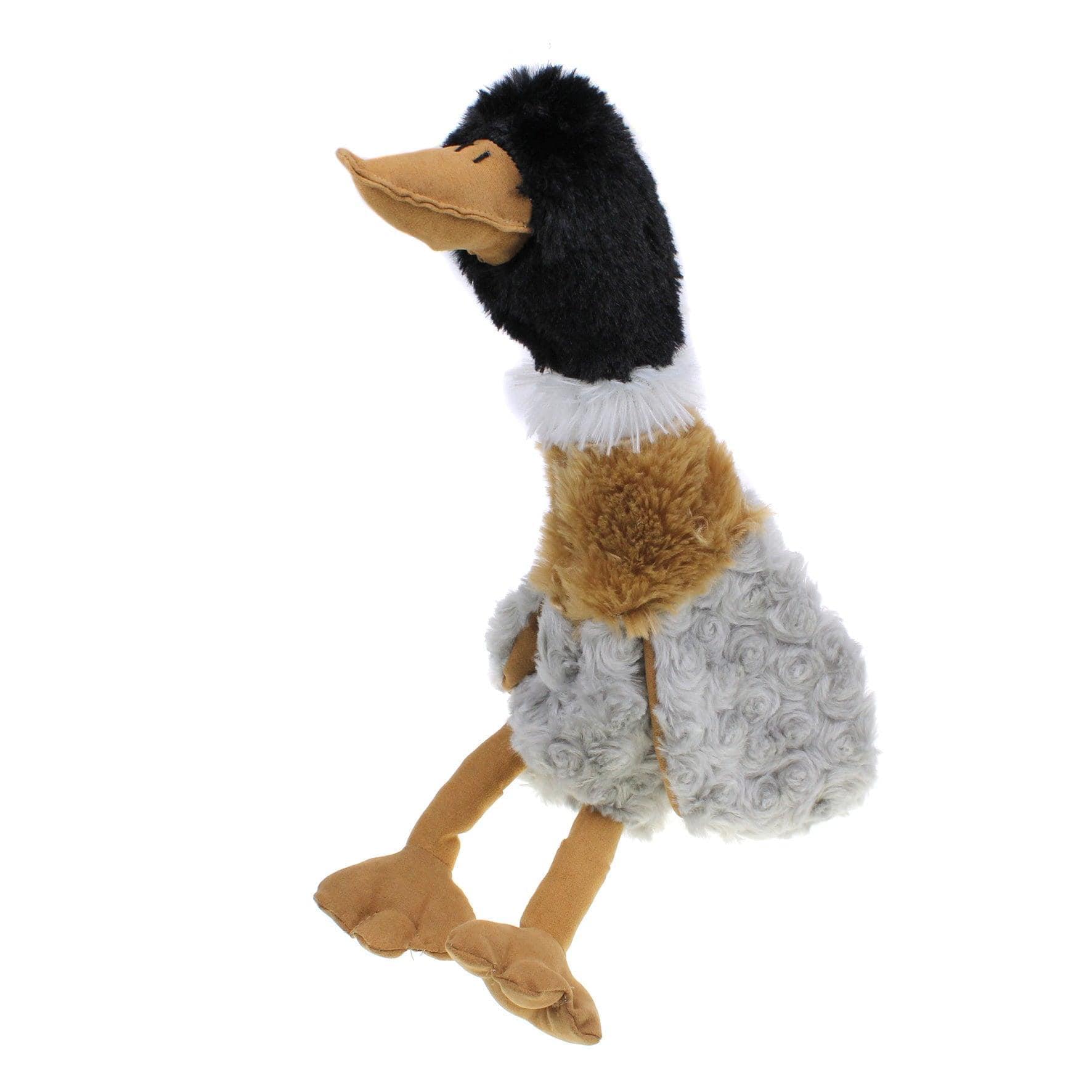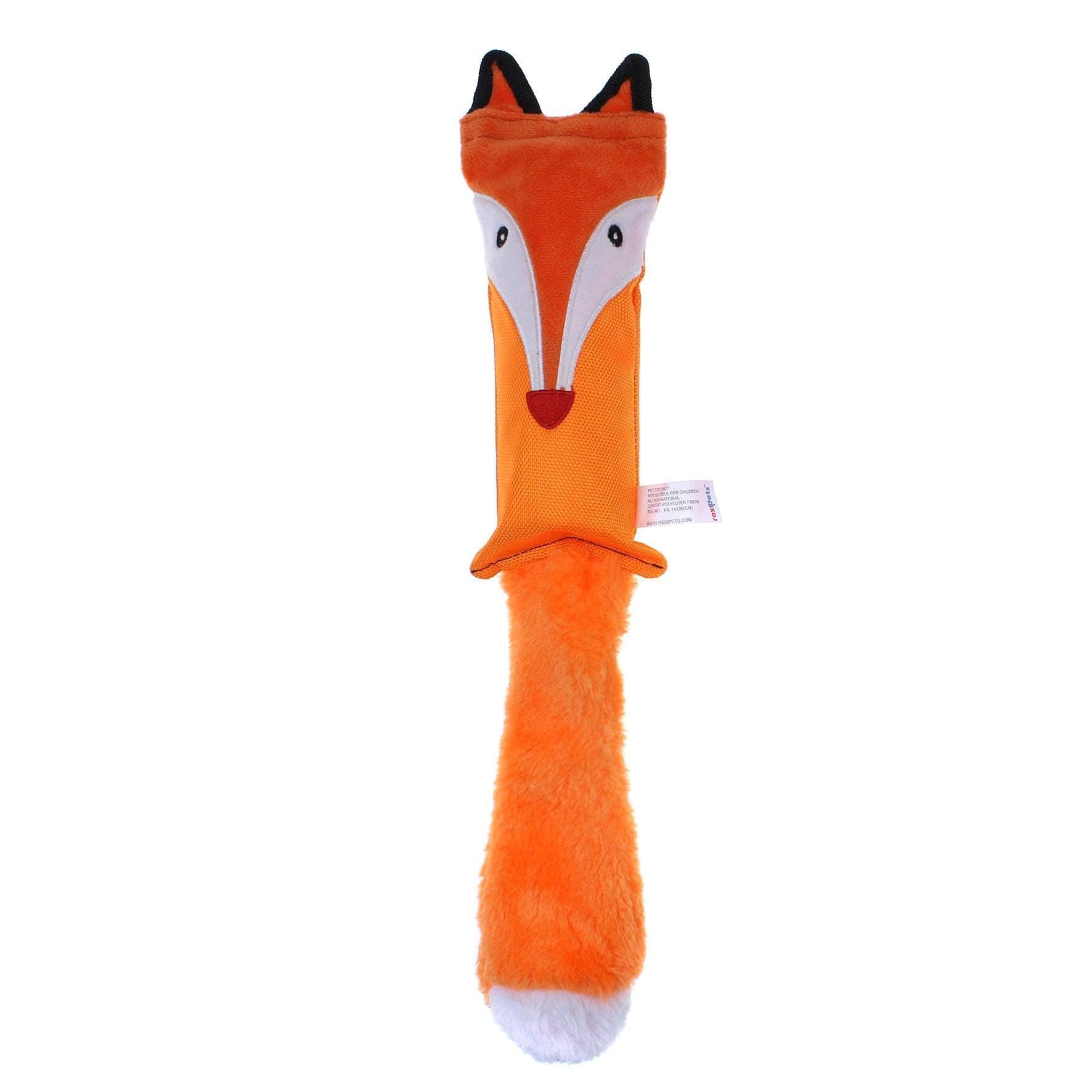Just as diabetes can be a challenging condition for humans, it is hard for dogs as well.
A diabetic dog's body stops producing insulin properly, and as a result, the pancreas stops working. This condition requires a lot of monitoring and obviously a lot of caution in terms of food intake.
We understand that no matter what condition your dog has, at the end of the day (or sometimes in the middle of it), every good dog deserves a treat. So, today, we're going to talk about treats for diabetic dogs, how pet parents can easily prepare them at home and a list of approved snack options to keep your diabetic dog happy and healthy.
Without further ado, let's combat this condition for our beloved furry friend one treat at a time!
Can Dogs With Diabetes Have Treats at All?

If you're taking care of a diabetic dog, you might wonder if they can still have treats. Well, good news! Treats are okay for diabetic dogs, but we need to be careful.
Think of treats as little rewards for your dog's good behavior. They can be super motivating during training and can make your furry friend really happy. However, too many treats can make your dog gain too much weight, which isn't good for their health and can mess with their sugar levels.
That's why it's important to talk to the vet before giving treats to your diabetic dog. The veterinarian can help you choose treats that won't mess up your diabetes plan. It's all about keeping your dog healthy and happy!
Regular vs Diabetic Dog Treats: What is the Main Difference?
Treats made specifically for diabetic dogs are a bit different from regular dog treats. They're designed to meet the special health needs of a dog with diabetes.
Here’s what sets them apart:
-
Low carb
Carbohydrates usually break down into sugars pretty quickly, which can cause glucose levels to shoot up. So, in diabetic dog treats, carbs are kept to a minimum, whereas regular dog treats have normal carbs in them.
-
High in Fiber and Protein

Diabetic treats usually have more fiber and high protein. Fiber is great because it digests slowly, helping keep blood sugar levels stable. Protein is essential for muscle health and also helps keep your pup feeling full.
-
No sugar and low calories

You won't find added fats or sugars in these treats, which is great because those can be harmful to diabetic dogs. Keeping the treats low in calories and sugar helps ensure that your dog doesn't gain extra weight, which can complicate diabetes management.
Ingredients To Look For and Avoid In Diabetic Dog Treats
Managing a diabetic dog's diet is crucial, and choosing the right treats is an essential part of that process. There are specific things to avoid to keep their blood sugar levels stable.
Let’s explore what to watch out for in their treats:
-
Sugars and Sweeteners

Steer clear from treats that have added sugars or artificial sweeteners to keep your dog's body at a healthy glucose level. These can cause a quick rise in blood sugar levels, which is exactly what you don’t want. This includes ingredients like corn syrup, sugar, or honey.
-
High Glycemic Foods
Treats with a high glycemic index, such as bread, white rice, or other refined grains, should be avoided. These treats break down quickly into glucose and can spike blood sugar levels.
-
Fatty Foods
It's best to steer clear of treats that are high in fats, especially saturated fats found in meats like ground beef and pork. The pancreas of a diabetic dog can struggle with breaking down these fats, which can lead to further health complications.
-
Animal By-products

When it comes to diabetic dogs, avoid products containing fatty animal by-products, often including fatty meats and skins. These are not only less nutritious but can also be harder on your dog’s system. Always check the label to ensure the treats don't contain these by-products.
By focusing on these guidelines, you can help manage your diabetic dog's health more effectively, making sure their treats are both safe and enjoyable. It’s all about finding the right balance that supports their specific health needs!
Top 4 Diabetic Dog Treats?
Here are the top 4 diabetic dog treats that you can try for your furry friend:
-
Whole Elk Antlers for Dogs
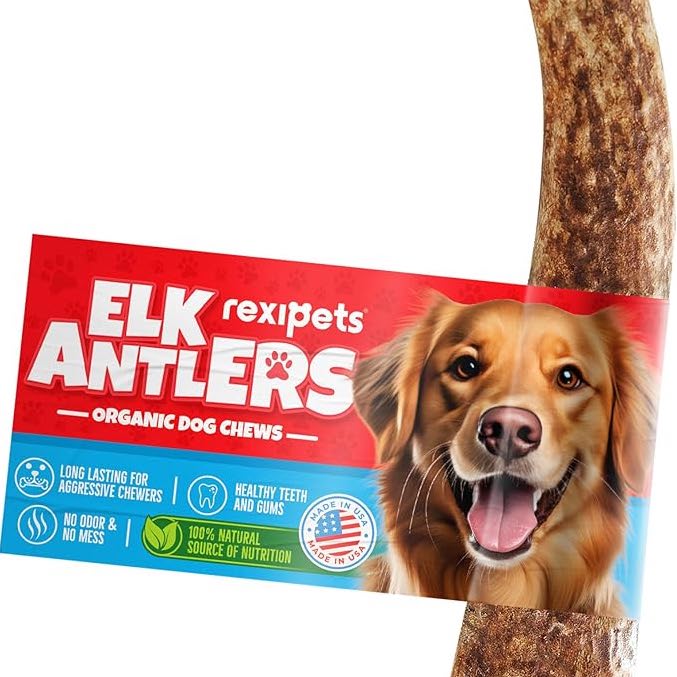
Whole Elk Antlers for dogs from Rexipets can be a great option for diabetic dogs as they are low in carbohydrates and sugars, making them a suitable treat for managing blood sugar levels.
Antlers are also rich in nutrients like calcium and phosphorus, which are beneficial for your dog's overall health. However, it's crucial to choose antler chews that are the proper size for your dog and to monitor their chewing to prevent any potential dental issues.
Moreover, it is recommended to always monitor your furry friends while they are chewing on antlers to make sure they are chewing safely and not causing any harm to themselves.
-
Dehydrated veggies

Use vegetables like sweet potatoes, green beans, and red bell peppers. These are low in sugar and high in fiber, making it a healthy choice for managing your dog's diabetes. You can add or substitute other suitable vegetables based on your preferences.
Start by thoroughly washing all your vegetables. Cut the ends off the green beans, peel and cube the sweet potatoes, and deseed and thinly slice the bell peppers.
Boil a large pot of water. Then, add the sweet potatoes and green beans and let them boil for about 4 minutes. This step partially cooks the veggies while preserving their color and nutrients.
After you are done boiling, immediately transfer them to a bowl of ice water to maintain their crispness. Once cooled, remove the veggies, pat them dry, and repeat the blanching process with the bell peppers for just 1 minute.
Arrange the blanched vegetables on your dehydrator trays, making sure they don’t touch to allow for proper air circulation. Set the dehydrator to 140 degrees Fahrenheit and let the vegetables dry for about 8 hours. They should be completely dry and crispy when done.
Allow the dehydrated vegetables to cool before serving. Moreover, you can store leftovers in an airtight container to maintain freshness and crispness.
-
Fishy dog treats
Designed to be low in carbohydrates and sugars but high in protein, these treats are perfect for managing your dog's diabetes. The rich fish flavor from salmon and tuna is usually irresistible to dogs, making these treats not only healthy but also highly palatable.
Ingredients needed include a 14-ounce can of salmon, a 7-ounce can of tuna in water, four eggs, and two cups of whole wheat flour.
Start off the cooking by preheating your oven to 350 degrees Fahrenheit. Then, in a large mixing bowl, combine the salmon and tuna, which creates the base flavor for the treats. Beat the eggs and add them to the fish mixture to help bind all the ingredients together. Slowly mix in the whole wheat flour until the mixture is well combined.
For baking, grease a baking sheet or line it with parchment paper to avoid the treats from sticking. Spread the prepared mixture evenly on the prepared sheet, smoothing it out to ensure uniform thickness. Bake in the oven for around 40 minutes, until the edges begin to turn golden brown and the center is firm.
After baking, allow the treats to cool completely on the tray or a cooling rack. This cooling step makes sure the treats are easy to handle and more enjoyable for your dog to eat. Once cool, cut the baked slab into squares or desired shapes using a knife or a dog treat cookie cutter.
-
Beef liver treats
This quick and simple treat recipe is perfect for dog owners seeking a nutritious snack that appeals to both diabetic and non-diabetic dogs. With only three ingredients, it offers plenty of meaty flavor without compromising on health benefits.
To make these treats, you'll need half a cup of whole wheat flour, one and a half cups of beef liver, and two eggs. You can also add canned pumpkin if you want. Start off by preheating the oven to about 350 degrees Fahrenheit and lining the baking sheet with parchment paper for easy cleanup.
Next, process the beef liver in a food processor until it reaches a fine consistency. Then, add the whole wheat flour and eggs to the processed liver and blend until everything is well combined. This mixture will now serve as the base for your treats.
Spread the prepared mixture evenly onto the parchment paper and bake for about 15 minutes or until the edges are firm and the center is set. Once the treats are baked, allow them to cool completely before cutting them into squares or your desired shape.
Final Words
It's important to give diabetic dogs treats that are good for them. The top four treats we talked about in this article are healthy and tasty. They have no added sugar and carbs but more protein and vitamins.
From veggies to homemade healthy snack options, these treats are yummy and safe for diabetic dogs. However, it's important to give the right amount and talk to the vet about what's best for dog diabetes. With these treats, diabetic dogs can enjoy snacks that are good for their health and make them happy.
FAQs
Is peanut butter good for diabetic dogs?
Peanut butter without added sugar and of good quality is okay for diabetic dogs as a treat, but you should be careful about how much you give them. Since peanut butter is calorie-dense, your vet might suggest limiting it depending on your dog's health requirements.
How often can diabetic dogs have treats?
Treats for diabetic dogs should be limited and monitored closely. Your vet can provide guidance on how often and how many treats are suitable for your dog based on their insulin resistance and blood sugar levels.








